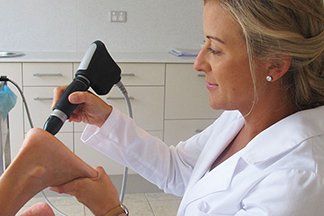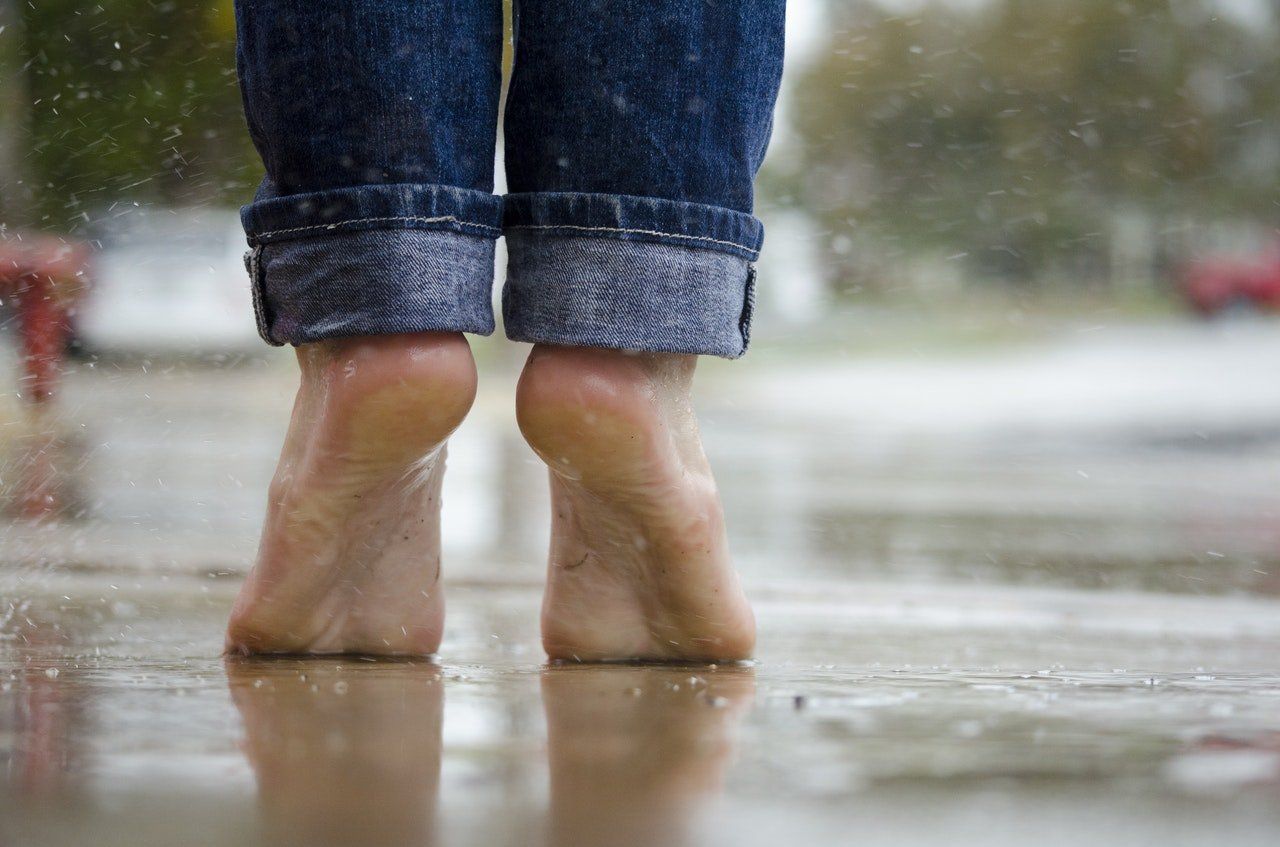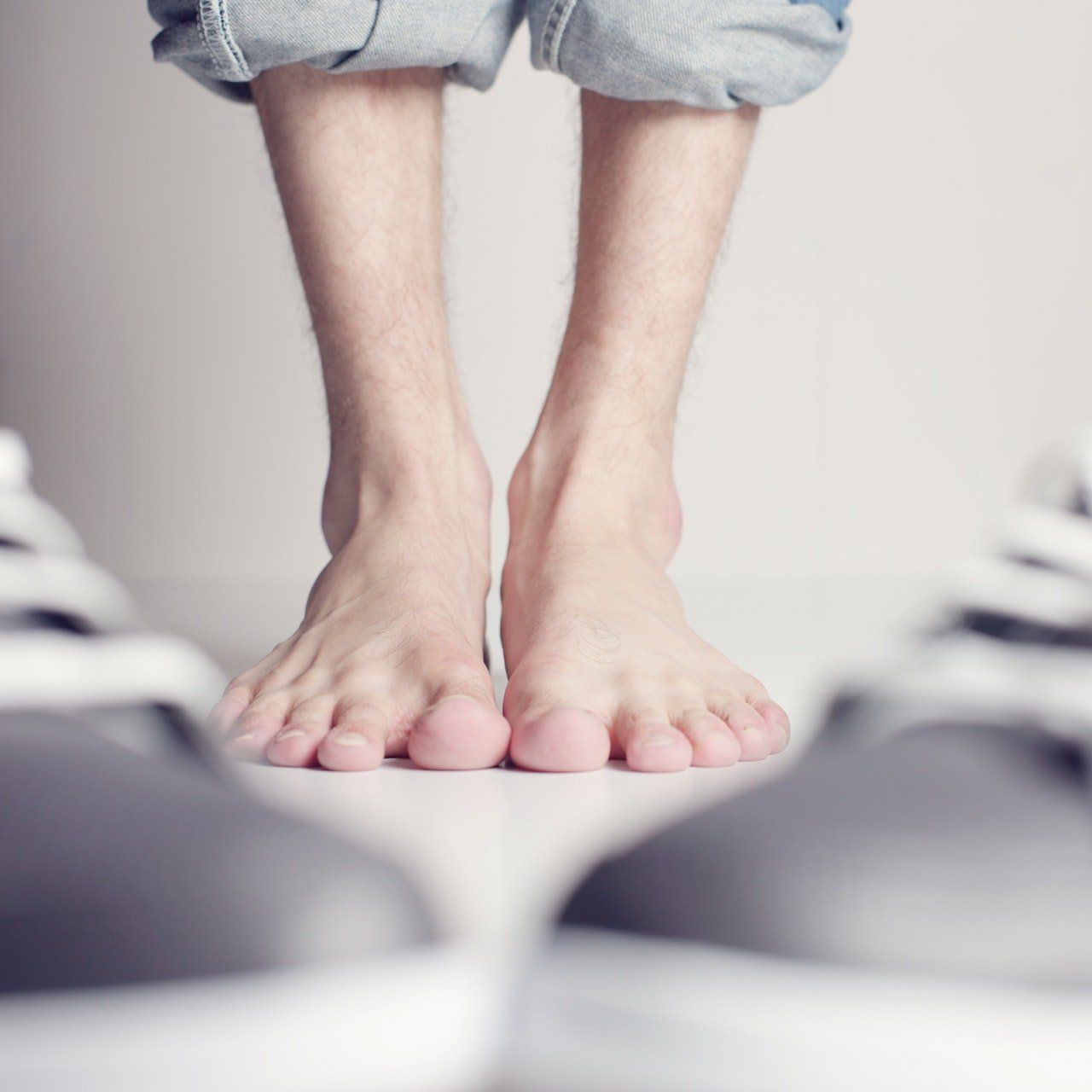Sesamoiditis is a slow onset of pain beneath the ball of the big toe.
There are 2 sesamoid bones that are found under the foot near the big toe. The sesamoids assist with weight-bearing and provide a smooth surface over which the tendons slide. This condition mostly occurs with overuse, such as runners, dancers, or athletes.
Some conditions associated with the sesamoid include:
- Sesamoiditis (inflammation of the tendons surrounding the sesamoids)
- Fracture of sesamoid
It is important to get treatment with a clinical podiatrist as X-rays will assist in diagnosis and appropriate treatment.
Treatment for Sesamoiditis include:
- Immobilisation / stiff soled shoe or brace
- Rest and ice
- Cushioning pad or other orthotic devices are also helpful as the fracture heals.







